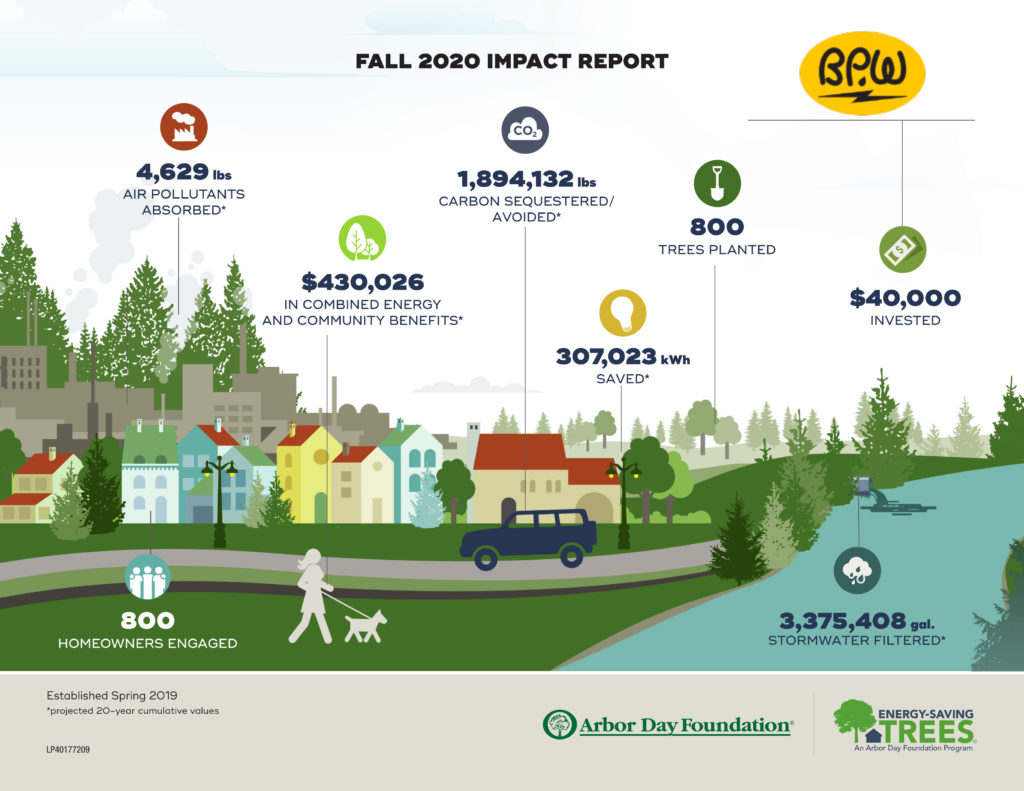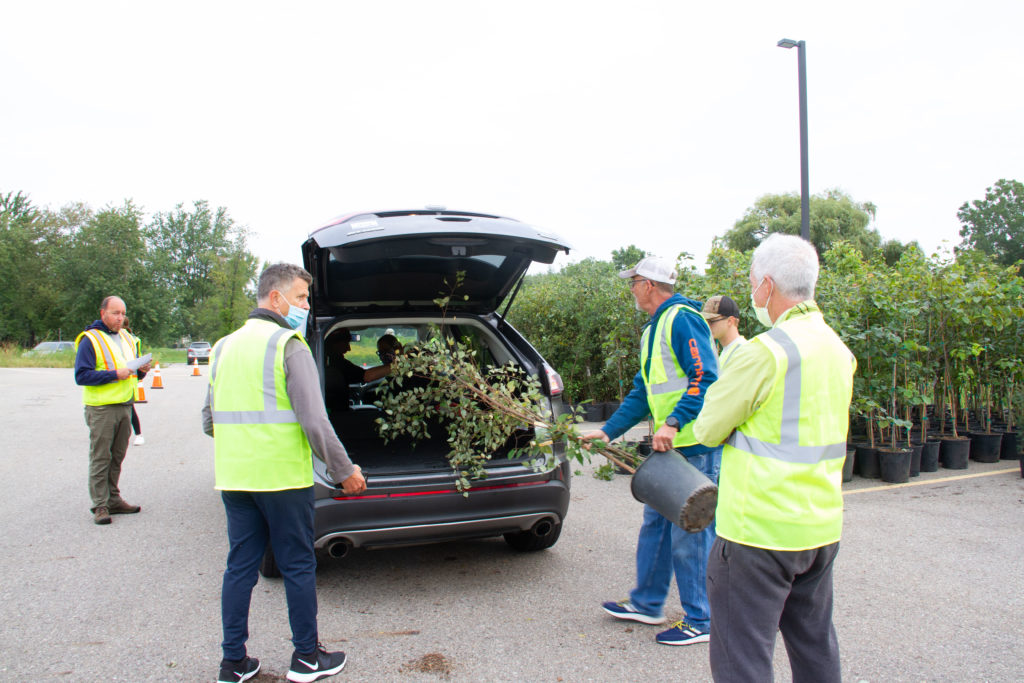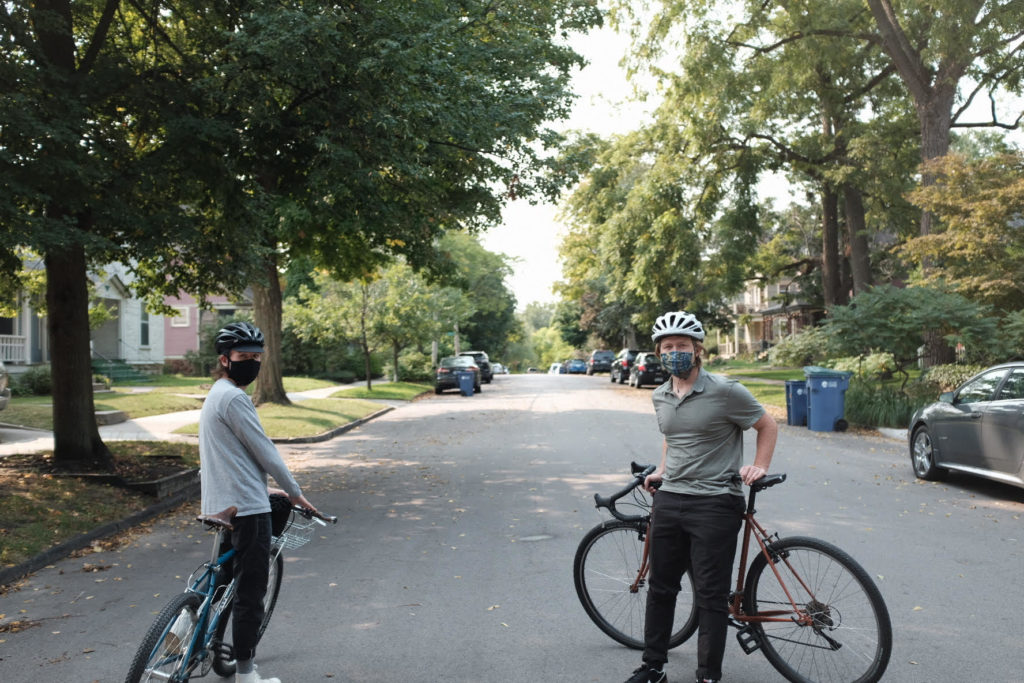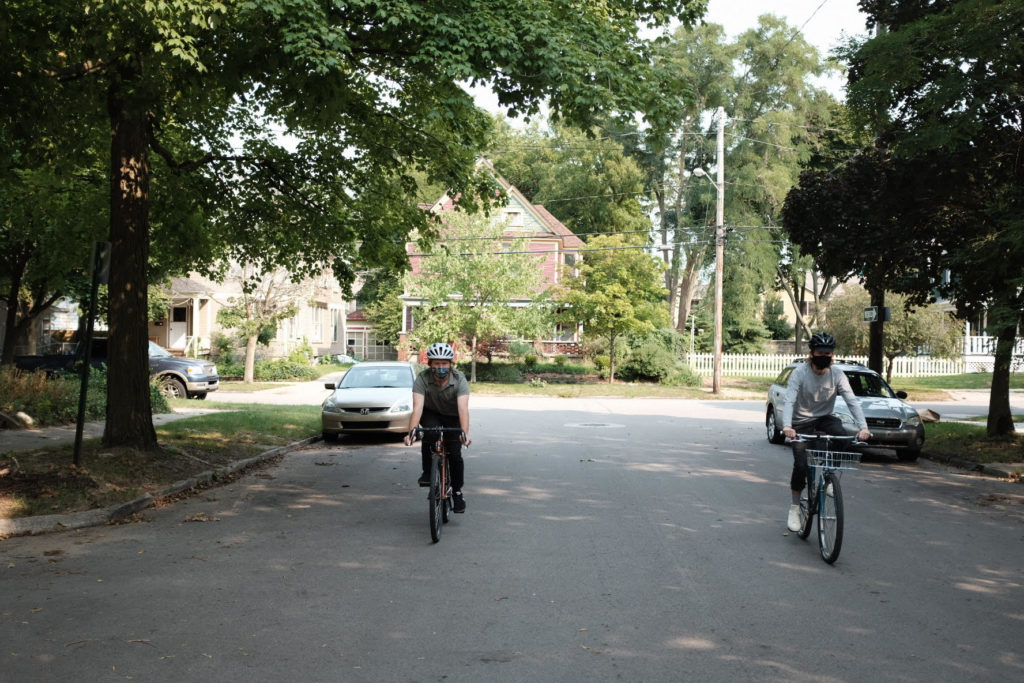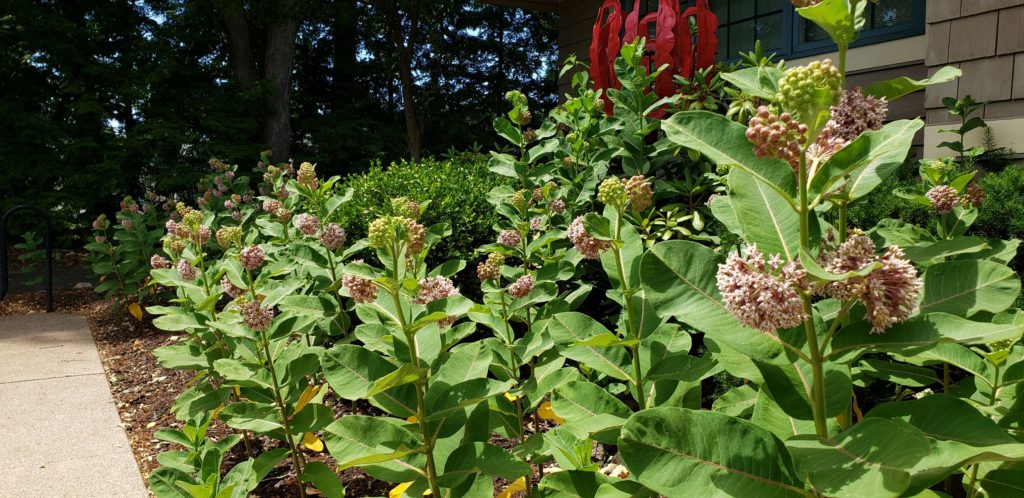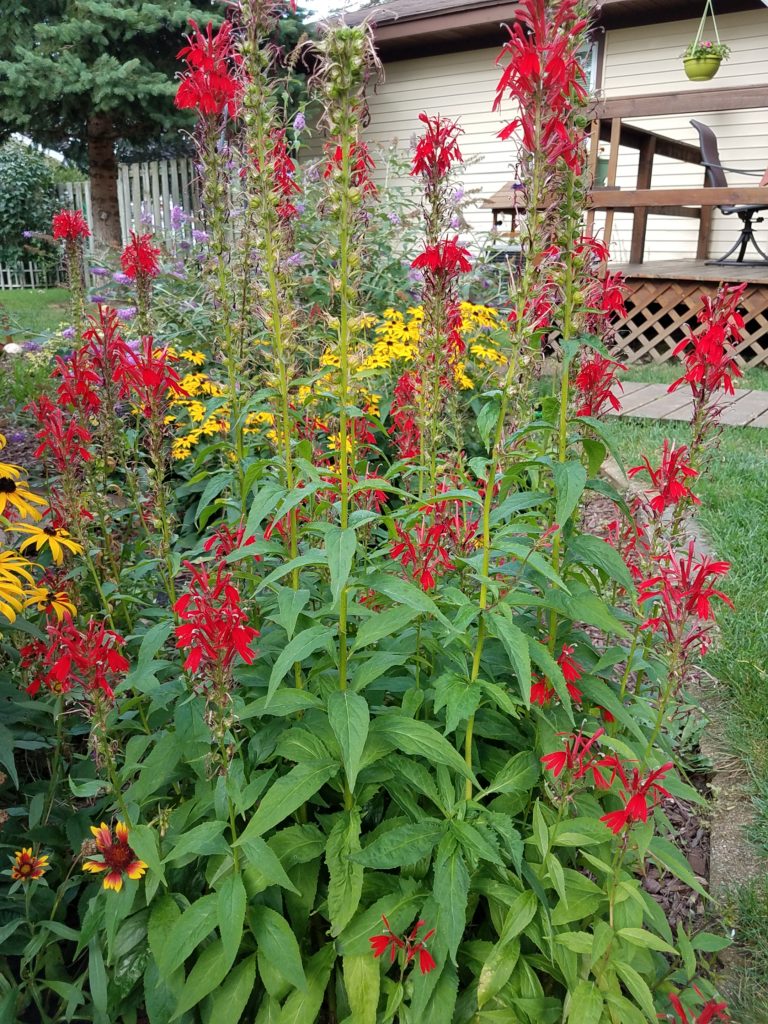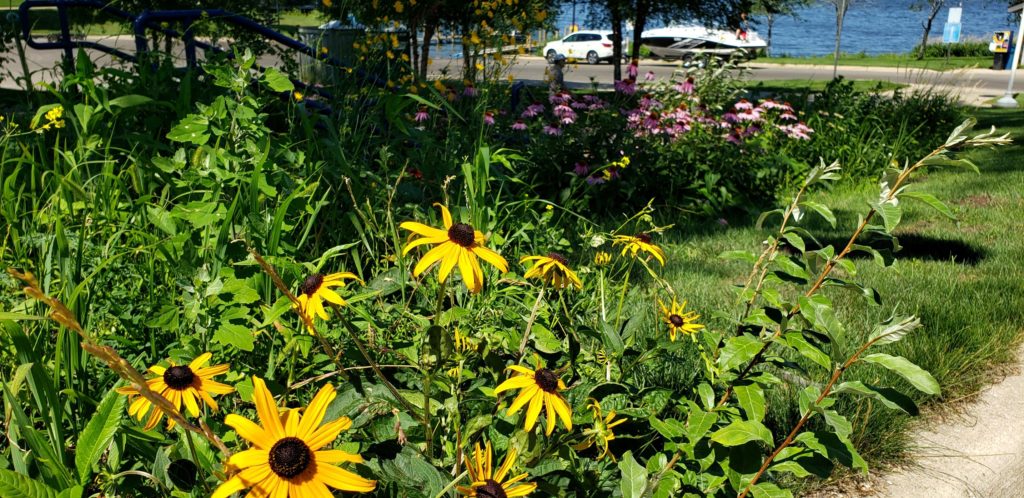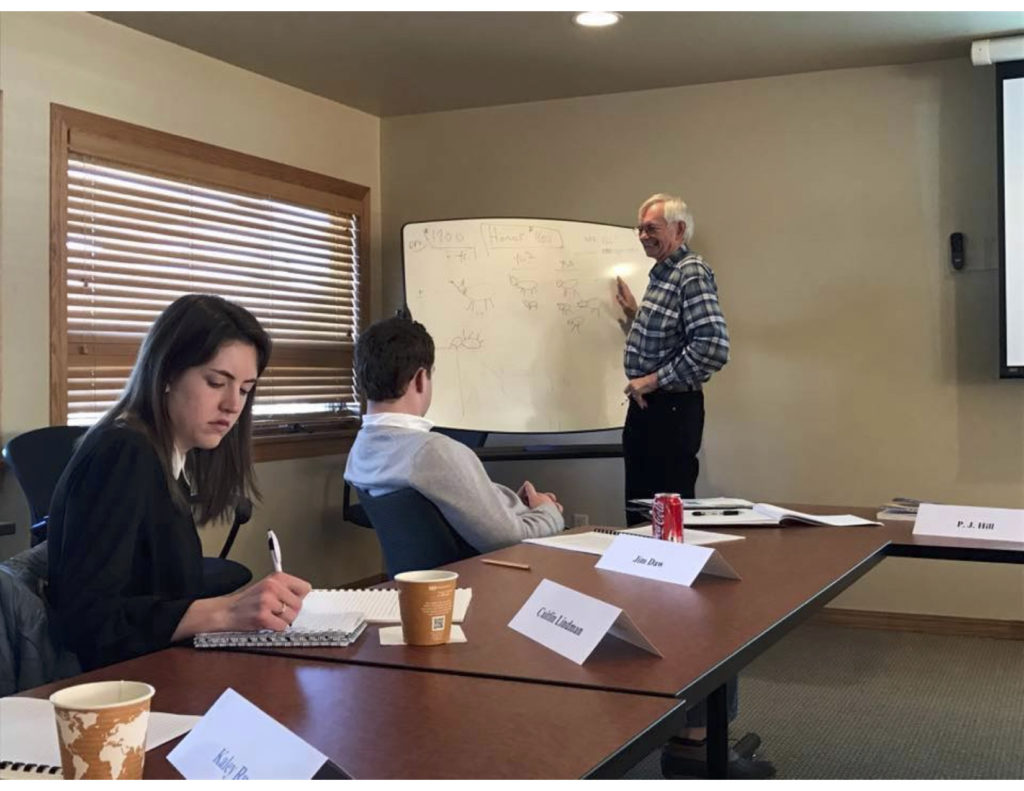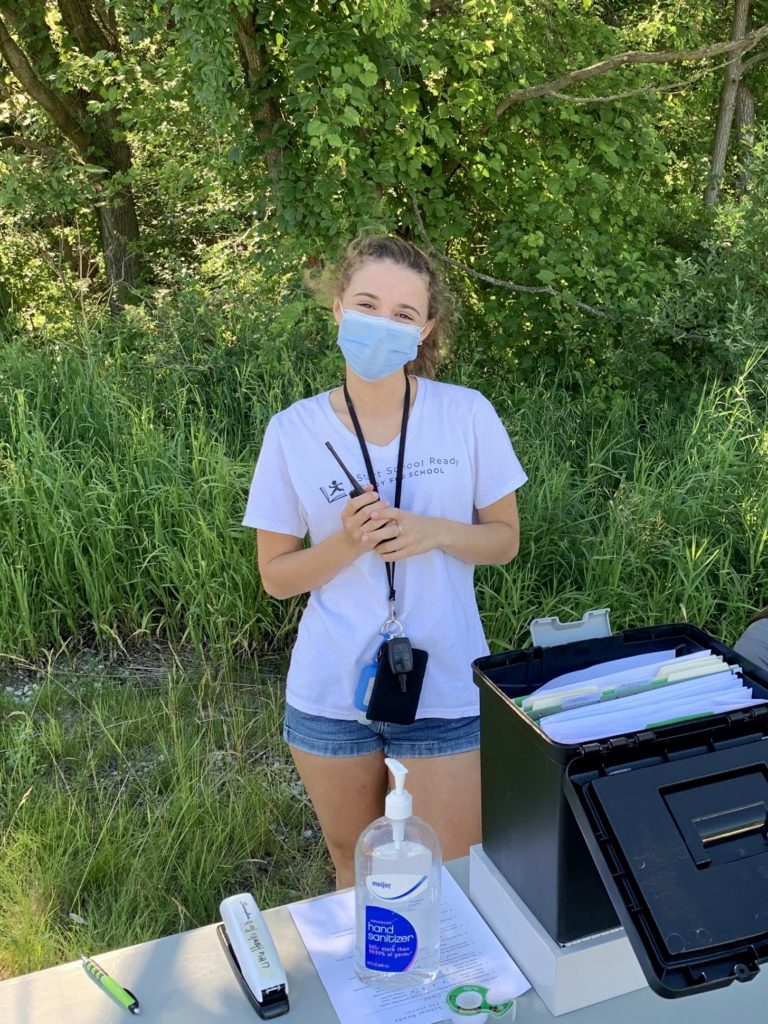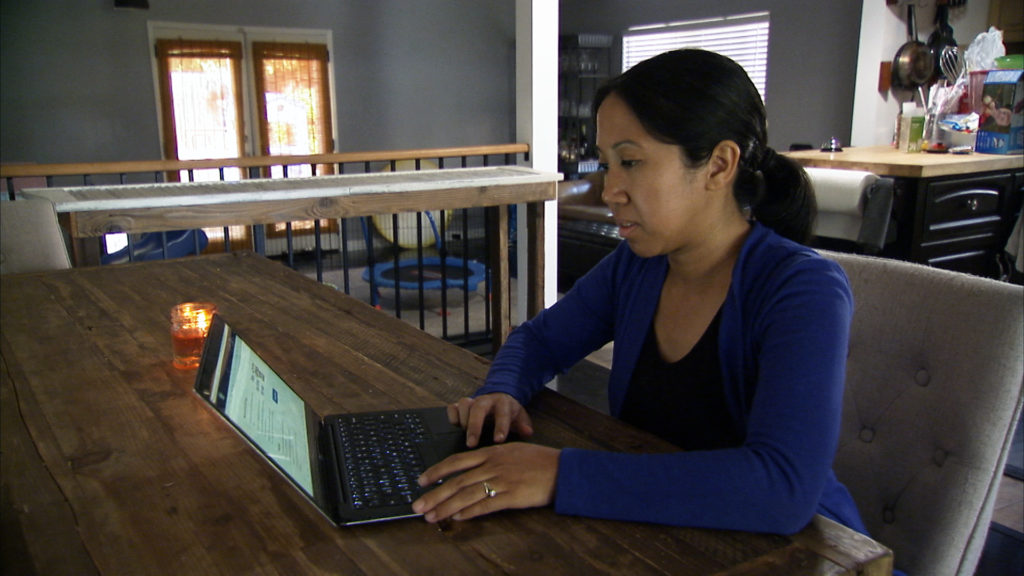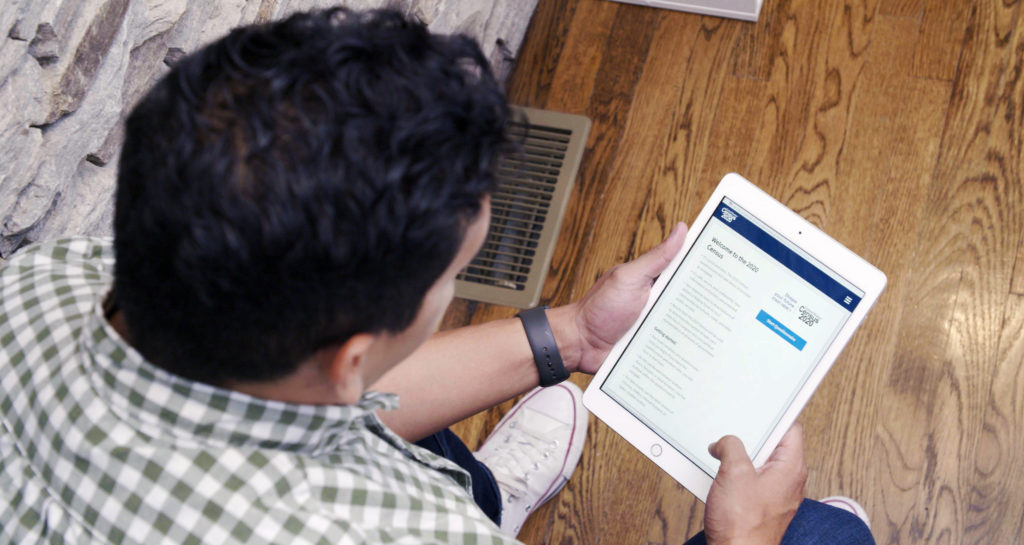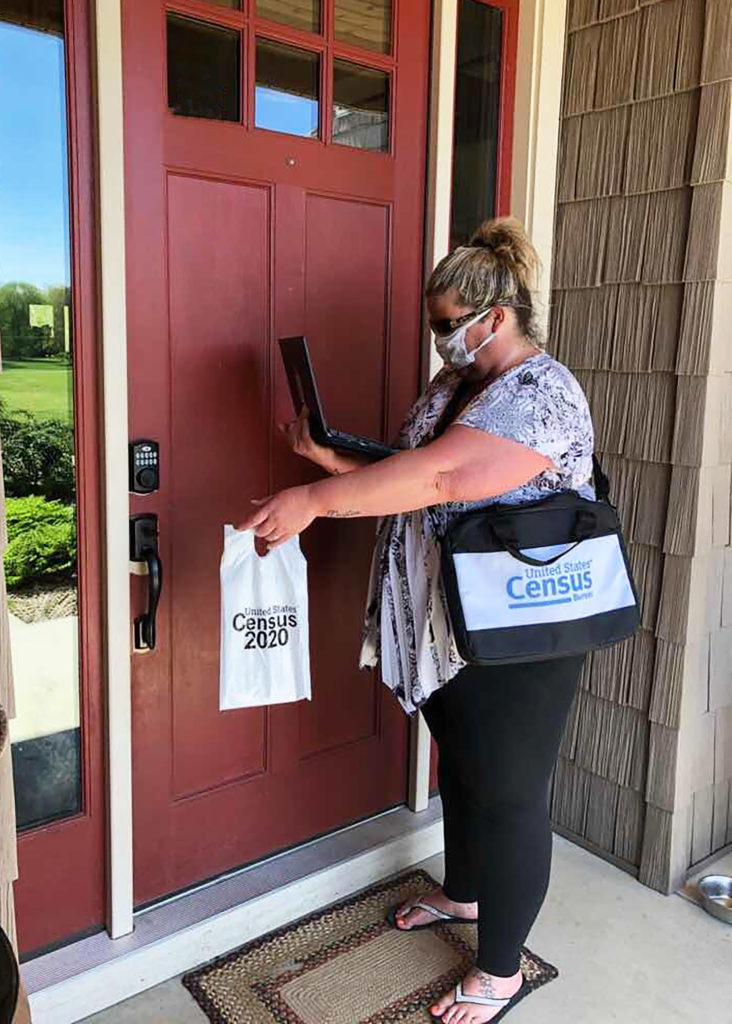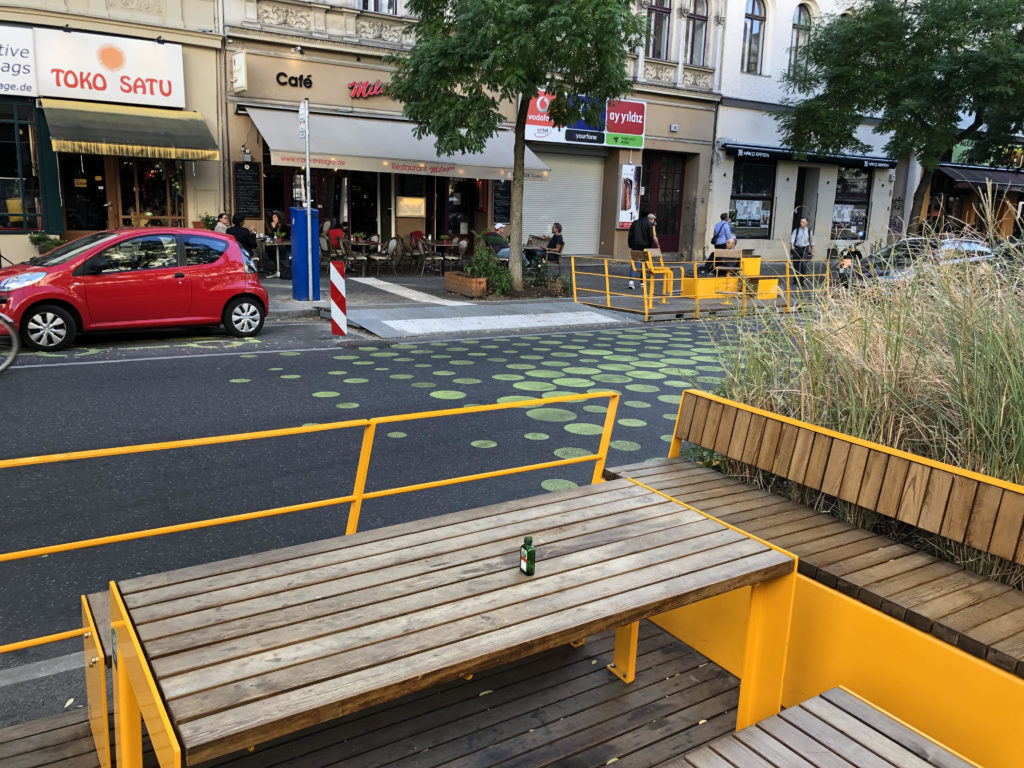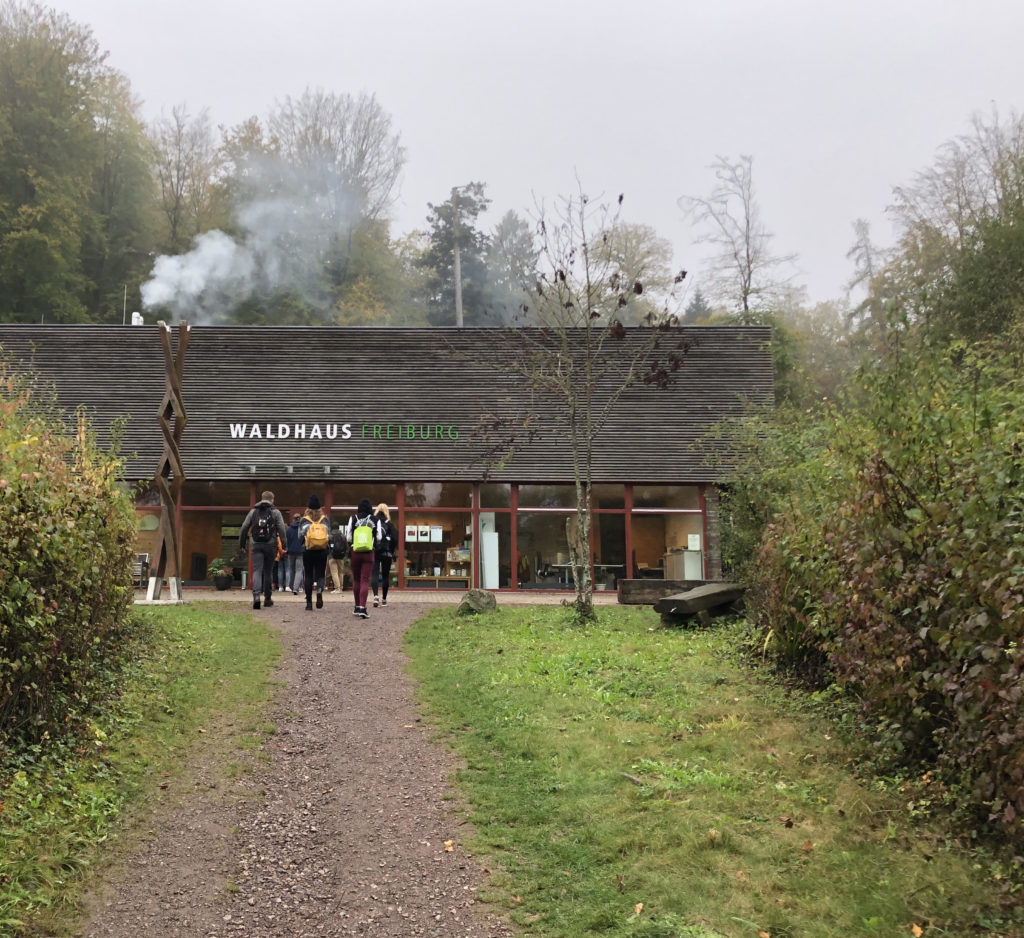By Anne Saliers, Holland Board of Public Works
Holland’s Energy-Saving Trees Program grew from 300 to 500 trees in this the second year of the program. A partnership of Holland Board of Public Works and the City of Holland, the program saw 500 trees planted recently by homeowners, bringing the two-year total to 800 trees.
Developed by the Arbor Day Foundation, the Energy-Saving Trees Program educates homeowners about the energy-saving benefits of strategic tree planting. Using an online mapping tool when reserving a tree, homeowners are able to see their property and utility lines, select one of four species, and position it in an optimal spot. The software calculates estimated annual energy savings.
Holland was the first site in the state to offer the program. The trees are free to any HBPW residential electric customer.
The City of Holland has a goal to increase its tree canopy from the current 24 percent to 36 percent.
Private property plantings have been, and will continue to be, vital in reaching this goal.
The benefits of increasing the tree canopy are many. In brochures created by Hope College student Katelyn DeWitt, an intern who has helped the city build a tree inventory, she provided homeowners information about the species they selected and detailed how trees:
– Reduce greenhouse gasses
– Make saving energy simple
– Clean the air
– Clean water and reduce the impacts of flooding
– Cool communities
– Make people happy.
Reducing greenhouse gasses is also the focus of Holland’s long-range Community Energy Plan. Trees help. A single large neighborhood tree removes over 100 pounds of carbon from the atmosphere each year. In 10 years’ time, this is enough to offset the carbon produced by a single jet flight from coast to coast.
According to the Arbor Day Foundation, the 20-year projected values of the impact of the 800 trees planted includes:
– 800 households engaged
– 307,023 kilowatt-hours of electricity saved
– 4,629 pounds of air pollutants absorbed
– 1,894,132 pounds of carbon sequestered/avoided
– 3,375,408 gallons of storm water filtered.
Holland Board of Public Works and the City of Holland plan to offer the program again in 2021.
Watch for an announcement in the city’s newsletter or check HollandBPW.com in February.
Anne Saliers is the community energy services manager at Holland Board of Public Works and Holland resident.
This Week’s Sustainability Framework Theme: Smart Energy
We need to use both conservation and efficiency measures to manage our resources to provide access to reliable and cost-effective energy.
ABOUT THIS SERIES
Living Sustainably is a collection of community voices sharing updates about local sustainability initiatives. It is presented by the Holland-Hope College Sustainability Institute, a joint project of Hope College, the City of Holland and Holland Board of Public Works. Go to www.hope.edu/sustainability-institute for more information.
